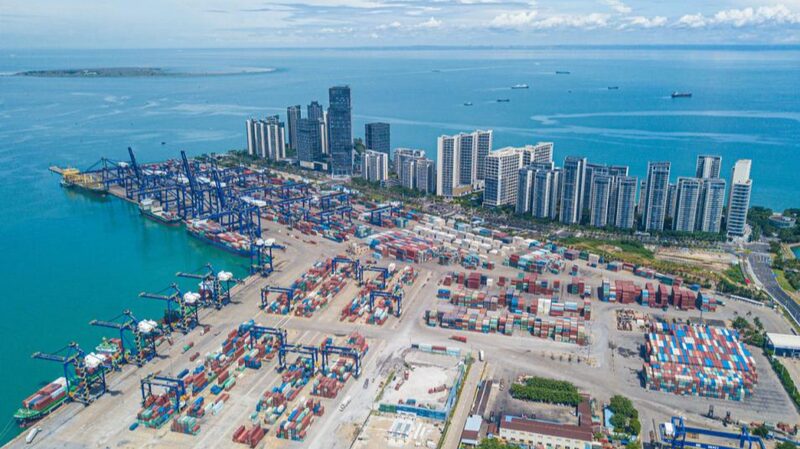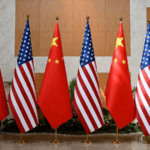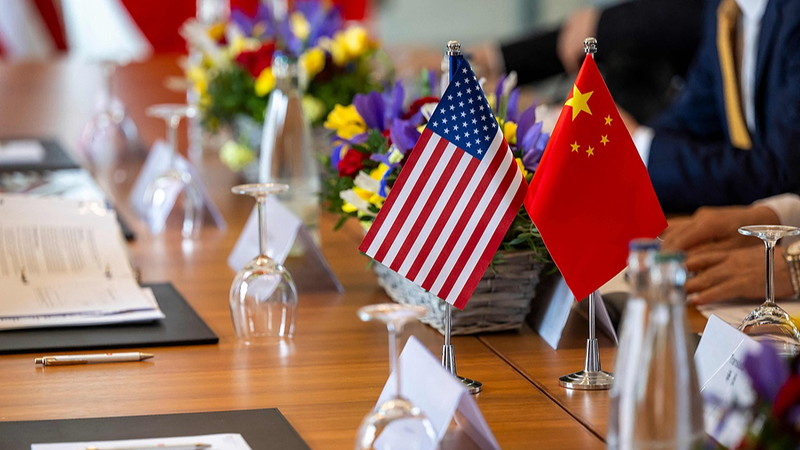As high-level economic discussions between China and the U.S. extend into their second day in London, analysts observe a cautious optimism emerging amid persistent structural tensions. The dialogue – closely watched by global markets – highlights the complex dance between strategic competition and unavoidable economic interdependence shaping 21st-century geopolitics.
Against a backdrop of fragile supply chains and slowing global growth, these talks carry implications far beyond bilateral relations. The OECD's revised 2025 U.S. growth forecast (down to 1.6% from 2.2%) underscores systemic challenges, while China's retail sales surpassing RMB 4 trillion in early 2025 demonstrates its hybrid growth model's resilience.
U.S. manufacturing's decline to 8.4% of GDP – contrasted with China's 41-category industrial ecosystem – reveals diverging economic trajectories. Yet practical cooperation persists: 80% of U.S. toys originate from Chinese factories, creating shared vulnerabilities to trade policy shifts.
China's institutional innovations, including its dynamic tariff mechanism and Cross-border Interbank Payment System expansion, offer case studies in managing global volatility. Meanwhile, regional initiatives like the RCEP trade pact strengthen Asia's economic integration.
McKinsey analysis suggests collaborative supply chain restructuring in semiconductors and green tech could reduce global costs by 15-20%, highlighting the tangible benefits of sustained dialogue. As London's discussions continue, stakeholders worldwide await signals of whether economic pragmatism can transcend geopolitical friction.
Reference(s):
London dialogue opportunity for cooperation over confrontation
cgtn.com








